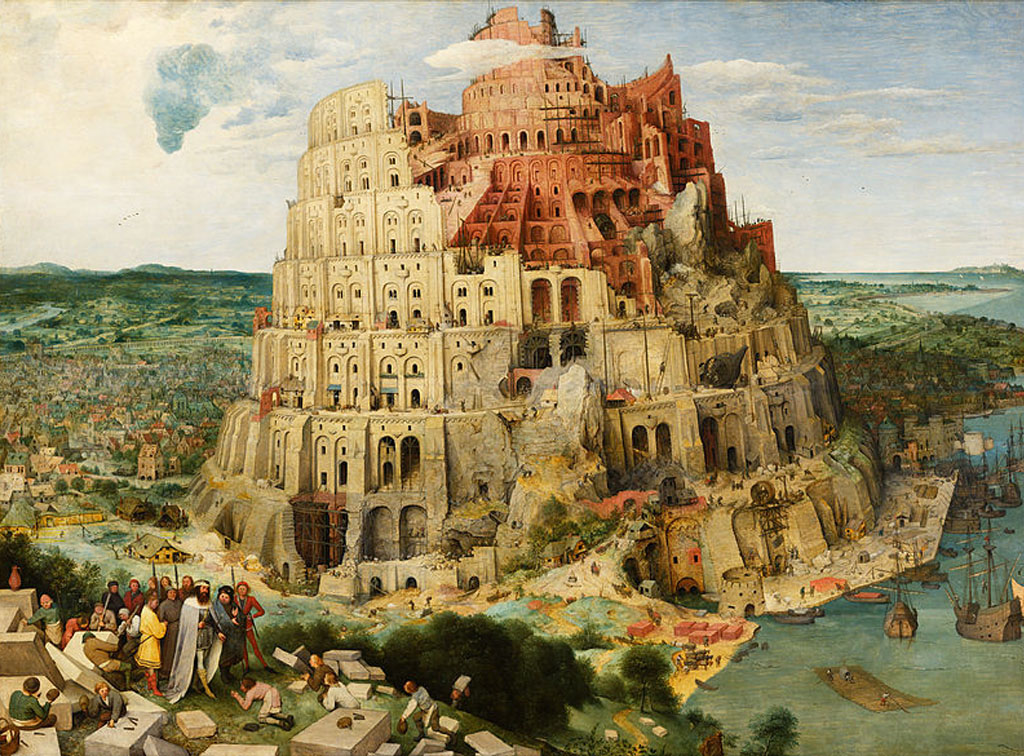29-10-15 // PARTICIPATORY URBANISM

“[…] they may not understand one another’s speech. […] and they ceased building the city.” Genesis 11:4-9
Participatory Urbanism
By Bernd Upmeyer
We need to talk! We at MONU think that the time has come to talk with you about “participation” in architecture and urbanism and re-evaluate and re-examine developments around this topic in recent years and what the future might hold. Our 11th issue on the topic of “Clean Urbanism”, around 6 years ago, instigated a similar day of judgement when we asked how “Clean Urbanism” might become more than just a brand label for a city, or how we could smarten up existing cities and transform them into truly clean cities. This time we would like to initiate a critical discussion on what is currently happening in cities with regard to “Participatory Urbanism”.
These days, most urban designers and architects would agree that involving the public in planning processes and city building is a good thing or that – at least – a mix of bottom-up and top-down planning mechanisms need to be achieved. We at MONU are also strong believers and supporters of participatory decision-making and collaborative knowledge production, which are some of the magazine’s basic values. Since its very beginning MONU aims to be as open-sourced as possible, collecting and publishing a wide diversity of texts, images, and concepts from architects and urban thinkers from all over the world, being aware that the traditional architecture journal no longer connects to today’s informed audience that is ever more capable to participate and contribute to the production of published content.
However, things do not seem to be that simple, because what works for a magazine such as MONU does not always, and with regard to all aspects, work for cities. The weekly news magazine “The Economist”, for example, stated in one of its most recent issues entitled “Space and the city” that in order to provide more housing and especially more affordable housing in cities, policymakers should ensure that planning decisions are made from the top down. Because when decisions are taken at the local level, land-use rules tend to be stricter, ultimately limiting the growth of cities and the supply of new living spaces.
These are only a few aspects of the wide-ranging, complex and partly controversial topic of Participatory Urbanism that we would like to reassess in order to find out to what extent individual citizens really can and should become proactive in the production and development of cities and the shaping of neighbourhoods. Can all participatory urban projects truly cultivate real democracy, increase civic consciousness, and boost transparency, accountability, and efficiency? To what extent has Participatory Urbanism become compromised, already ruled and co-opted by the interests of communities, local governments, organisations, neo-liberal parties, etc. rather than working for individual citizens? How can Participatory Urbanism eventually grow into a critical method of political and aesthetic urban engagement?
Title: Participatory Urbanism
Author: Bernd Upmeyer
Date: October 2015
Type: Call For Submissions for MONU
Publications: MONU – Magazine on Urbanism
Location: Rotterdam, The Netherlands